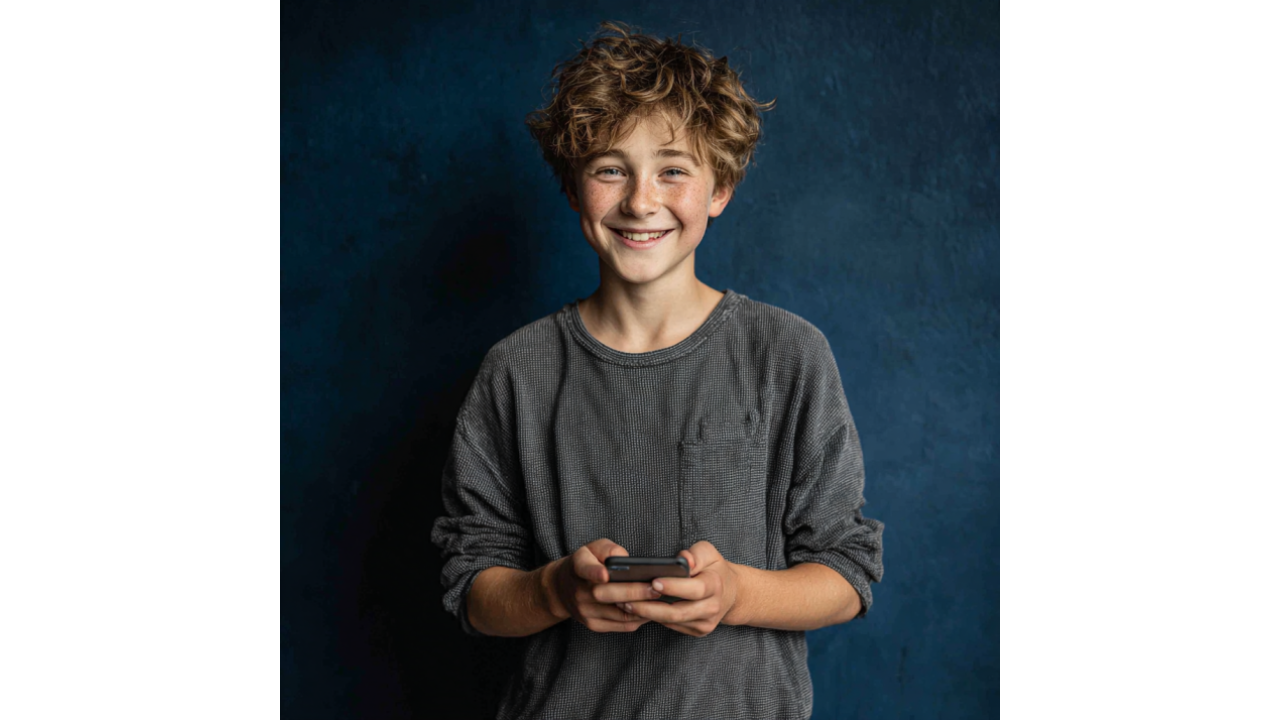How to Market an Edtech App: 8 Unconventional Strategies That Actually Work
Most edtech app marketing follows a predictable playbook: SEO-optimized blog posts about "best practices," LinkedIn ads targeting administrators,...
4 min read
 Writing Team
:
Nov 3, 2025 8:00:01 AM
Writing Team
:
Nov 3, 2025 8:00:01 AM

Higher education marketing teams watched TikTok explode among Gen Z with a mixture of fascination and terror. The platform that made dance challenges and lip-sync videos go viral didn't seem like natural territory for student recruitment—until forward-thinking institutions started posting campus content and saw engagement rates that made their Instagram strategy look prehistoric. Now TikTok drives measurable application increases for colleges and EdTech platforms willing to abandon polished admissions messaging for the raw authenticity that actually works on the platform.
The institutions getting ROI from TikTok aren't trying to make recruitment content go viral. They're using short-form video to answer the questions prospective students actually ask, showcase authentic campus experiences that staged tours can't capture, and build trust through transparency that traditional marketing avoids. For Gen Z students who spend an average of 90 minutes daily on TikTok, showing up authentically on the platform they already use beats hoping they'll visit your website or attend virtual info sessions.
The TikTok recruitment content that drives applications doesn't come from marketing departments—it comes from current students sharing unfiltered perspectives on their actual experiences. UCLA's student-run TikTok account (@ucla) amassed over 1.4 million followers by posting day-in-the-life content, dorm tours, dining hall reviews, and honest takes on academic pressure that admissions offices would never approve.
This authenticity paradoxically serves recruitment better than polished marketing. Prospective students trust current students over institutional messaging, and TikTok's format rewards genuine perspective over production value. A shaky phone video of a student explaining why they chose your institution carries more conversion weight than a professionally filmed campus tour because it feels real, not performative.
EdTech companies can replicate this model by partnering with actual users—students completing courses, teachers implementing curriculum, or professionals earning certificates. A 60-second video of a coding bootcamp student explaining how they debugged a frustrating problem teaches prospective students more about what the experience actually involves than any marketing copy about "comprehensive curriculum" or "expert instruction."
Implementation strategy: Identify enthusiastic current students or users, provide them with content prompts (not scripts), and give them creative freedom. The best student recruitment TikToks happen when you trust students to represent their genuine experience rather than trying to control messaging.
Prospective students don't need another video about campus amenities or program rankings—they need to see what their life would actually look like as a student. Day-in-the-life TikToks that follow students from morning coffee through classes, library study sessions, club meetings, and late-night problem sets provide experiential preview that traditional marketing can't deliver.
University of Oregon's TikTok strategy centers on these immersive perspectives, showing various student experiences across different majors, living situations, and extracurricular paths. The content answers implicit questions: What does a typical Tuesday look like? How much time do students actually spend studying? What's the social scene really like beyond curated Instagram posts?
For EdTech platforms, day-in-the-life translates to user journey documentation. A time-lapse of someone completing a language learning module, struggling through difficult sections, and experiencing the satisfaction of progression tells a more compelling story than feature lists or testimonial quotes. You're selling an experience, not just a product—TikTok's format forces you to show that experience directly.
Implementation strategy: Film authentic student days without excessive editing or curation. The messy reality of balancing academics, work, and social life resonates more than highlight reels. Include the challenges and frustrations—Gen Z appreciates honesty about difficulty more than promises that everything is easy.
TikTok users respond to content that feels like insider access—showing spaces, processes, or perspectives they wouldn't normally see. For colleges, this means faculty office hours, admissions committee deliberations (anonymized), campus at 2am during finals week, or athletic training that happens before anyone else is awake.
Michigan State University posts behind-the-scenes content from research labs, showing grad students conducting actual experiments, explaining what they're studying in accessible language, and demonstrating that research opportunities exist beyond the handful featured in admissions brochures. This content serves multiple purposes: showcasing academic rigor, demonstrating research accessibility to undergrads, and humanizing faculty and graduate students who prospective students might work with.
EdTech companies can show product development, feature planning sessions, or the instructors and curriculum designers creating course content. A 45-second video of your product team debating how to improve user experience demonstrates commitment to quality in ways that marketing copy claiming "we're always improving based on feedback" cannot match.
Implementation strategy: Identify what your audience is curious about but never gets to see. The more "insider" the access feels, the more engagement you'll generate. Just ensure you're not revealing proprietary information or violating privacy in pursuit of authenticity.
Some of the highest-converting recruitment TikToks are simple: a student or staff member answering common questions honestly. "Is the food actually good?" "How hard is it to get into classes you want?" "What surprised you most about being a student here?" These videos rack up hundreds of thousands of views because they address questions prospective students Google constantly but rarely get straight answers to.
The conversion power lies in acknowledging challenges honestly. A video admitting "yes, parking is terrible and here's how students deal with it" or "some professors are much better than others and here's how to navigate that" builds more trust than pretending problems don't exist. Gen Z students are exceptionally good at detecting marketing spin—honesty about limitations makes your positive claims more credible.
For EdTech platforms, Q&A content addresses the objections preventing conversion: "How much time does this actually take?" "What if I fall behind?" "Is this really worth the cost?" Address these directly in short videos rather than burying answers in FAQ pages no one reads.
Implementation strategy: Monitor your DMs, comment sections, and admissions inquiries for repeated questions. Turn each common question into standalone TikTok content. Batch-film 10-15 answers in one session, then release them consistently over weeks.
TikTok recruitment success isn't about follower counts or viral videos—it's about whether the platform drives measurable application behavior. Track referral traffic from TikTok to your application portal, monitor application volume during active TikTok campaigns versus dormant periods, and survey admitted students about where they encountered your institution during their search process.
The ROI timeline for TikTok recruitment is longer than direct-response advertising. You're building awareness and trust over months of consistent content, not driving immediate applications from individual videos. Institutions seeing success typically commit to daily posting for at least 90 days before evaluating whether the channel is working.
The colleges and EdTech companies that should skip TikTok are those unable to commit to authentic, student-centered content or unwilling to cede messaging control to actual students and users. If your compliance requirements or brand standards prevent honest, unpolished content, TikTok recruitment won't work. But if you can embrace the platform's authenticity expectations, you're reaching prospective students where they already spend their attention—a significant advantage over institutions still pretending Instagram or Facebook represents where Gen Z discovers colleges.
Winsome Marketing develops social media and content strategies for EdTech companies and educational institutions. Let's build your student recruitment approach for platforms where Gen Z actually spends time.
-Oct-09-2025-11-29-04-2910-PM.png)
Most edtech app marketing follows a predictable playbook: SEO-optimized blog posts about "best practices," LinkedIn ads targeting administrators,...

One of the most challenging dynamics in K-12 EdTech marketing is that the person writing the check isn't the person using your product. Parents...

Your EdTech product has ten thousand free users and two hundred paid subscribers.